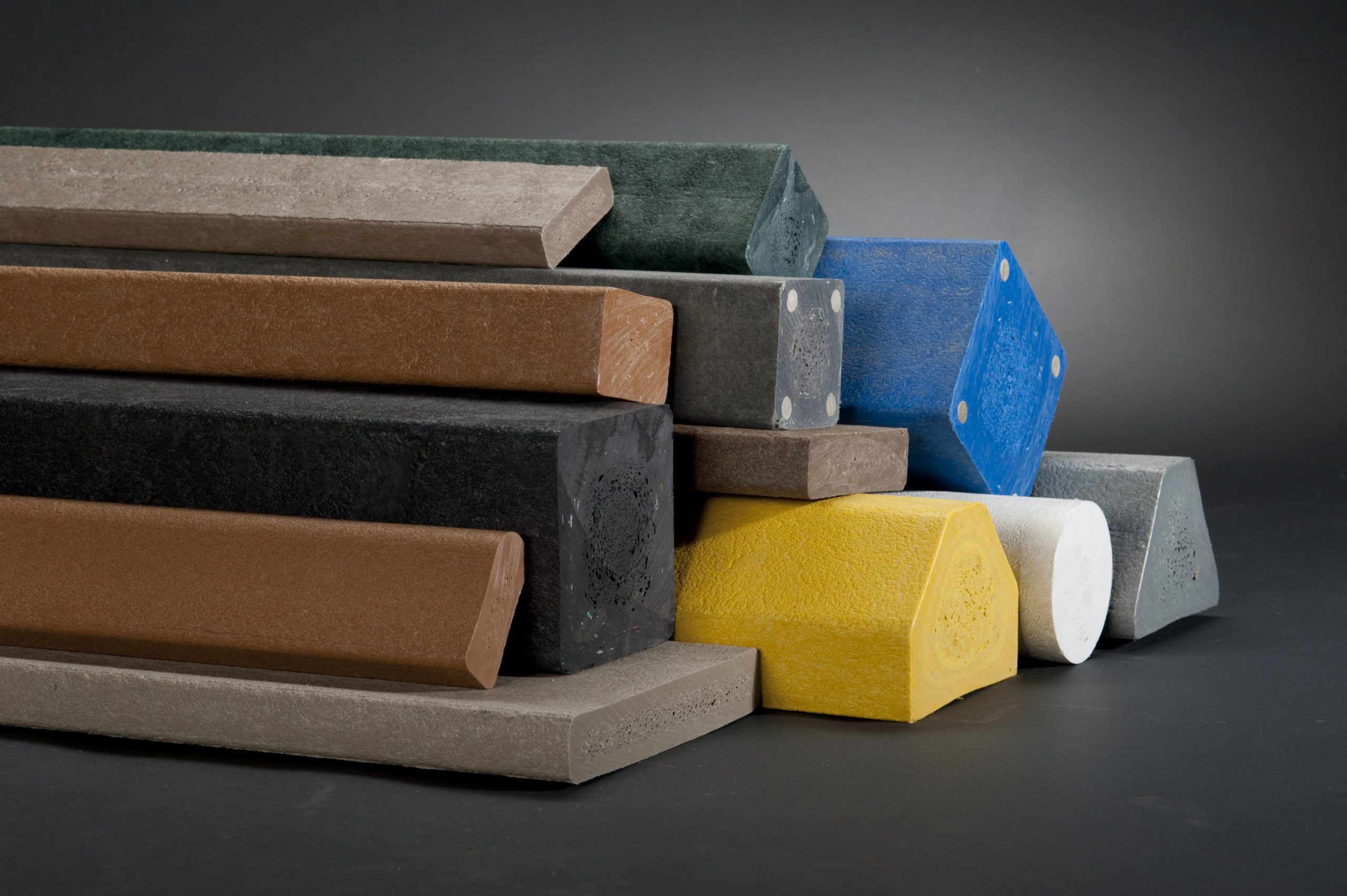Composites: The Future of Sustainable Building Materials
Composites: The Future of Sustainable Building Materials
Blog Article
Opening the Ecological Advantages of Recycled Composites in Building and Layout
In the realm of building and construction and design, the use of recycled composites holds considerable pledge for enhancing sustainability methods and lowering environmental effect (composites). By including these innovative materials, there is a potential to attend to vital concerns such as waste reduction, energy conservation, and a reduction in carbon impact. The change in the direction of a more sustainable future in these sectors rests on unlocking the full capacity of recycled compounds. This conversation will certainly explore the diverse benefits and difficulties linked with incorporating recycled compounds into building and layout, providing a look right into the transformative possibilities that lie ahead.

Ecological Effect Reduction
The reduction of ecological impact via using recycled compounds in building and style plays a critical function in sustainable practices. By including recycled composites into structure materials, the construction sector can dramatically reduce its carbon footprint and add to a much more environmentally friendly future. These sustainable products, made from repurposed plastics, wood fibers, or various other recycled aspects, offer a sensible option to typical building and construction materials without endangering on high quality or sturdiness.
Recycled compounds assist divert waste from land fills and minimize the demand for drawing out raw products, therefore preserving natural sources. Furthermore, the production process of these compounds frequently eats less power and gives off less greenhouse gases compared to creating virgin materials (composites). This change towards using recycled composites not only reduces environmental injury however likewise promotes a circular economy by motivating the reuse of materials that would certainly otherwise be thrown out
Waste Reduction
With an emphasis on reducing waste in building and construction and layout, the integration of recycled compounds supplies a sustainable option to lower ecological effect. Waste reduction is a crucial element of lasting techniques, and using recycled composites offers a possibility to achieve this objective effectively. By using products that have actually currently offered their initial purpose, such as recycled plastics or recovered wood fibers, the building and construction and design industries can dramatically lower the amount of waste generated and sent to landfills.
Recycled composites have the prospective to draw away significant amounts of waste from traditional disposal methods, adding to a more circular economic climate where resources are used successfully. In addition, the production procedure of recycled compounds usually eats much less power and generates fewer exhausts contrasted to virgin products, additionally decreasing the environmental impact of construction and style jobs.
Carrying out waste minimization techniques through the incorporation of recycled compounds not only helps in conserving natural deposits yet likewise promotes a more lasting technique to building and developing for a greener future.
Energy Conservation
Including recycled compounds not only minimizes waste in building and construction and style but also plays a critical function in enhancing power preservation practices within the market. Making use of recycled composites in building and construction can substantially add to power preservation through different ways. Firstly, the manufacturing of virgin products commonly calls for significant energy inputs, whereas making use of recycled compounds eats much less energy, thereby lowering total power intake. Furthermore, integrating recycled composites can contribute to better insulation properties in buildings, minimizing the need for too much home heating or cooling, and subsequently lowering power use for climate control. In addition, the lightweight nature of numerous recycled compounds can lead to lighter frameworks, calling for less energy for transport and installment. By promoting the use of recycled composites in building and construction and design, the market can make substantial strides towards attaining energy efficiency and minimizing its carbon impact, eventually contributing to an extra sustainable developed environment.
Carbon Impact Decrease
Enhancing sustainability methods with the usage hop over to here of recycled composites in building and construction and layout substantially decreases the carbon impact of the market. By integrating recycled materials right into the production of composites, the demand for virgin sources decreases, leading to reduced energy consumption and greenhouse gas exhausts linked with standard manufacturing procedures. This reduction in carbon footprint is critical in combating climate adjustment and promoting a more eco-friendly approach to building and construction and style.
The carbon impact reduction accomplished with the fostering of recycled composites straightens with the global push in the direction of sustainable practices and the decrease of industrial discharges. Ultimately, by prioritizing the combination of recycled compounds, the industry can make significant strides in reducing its carbon impact and adding to a more sustainable future.
Sustainable Future
The assimilation of recycled composites in construction and layout not only addresses prompt environmental issues but additionally lays a solid structure click here for info for a sustainable future in the sector. By integrating recycled compounds into structure materials and items, the construction and layout industries can significantly minimize their dependence on virgin resources, bring about a much more round economy. This change towards sustainability is critical for reducing the ecological impact of typical construction methods, which often lead to high levels of waste generation and source depletion.

Conclusion
In conclusion, recycled composites provide considerable environmental advantages in building and design by decreasing environmental influence, decreasing waste, conserving power, decreasing carbon impact, and promoting a sustainable future. Welcoming making use of recycled composites can add to an extra environmentally-friendly strategy to structure and layout, eventually causing a much more sustainable and greener future for all.
The decrease of ecological impact through the usage of recycled composites in construction and design plays a crucial function in lasting practices.With a focus on decreasing waste in building and construction and style, the assimilation of recycled compounds uses a sustainable remedy to minimize environmental influence. By advertising the use of recycled compounds in building and style, the industry can make substantial strides towards attaining energy efficiency and minimizing its carbon footprint, ultimately adding to a much more lasting developed environment.

Report this page